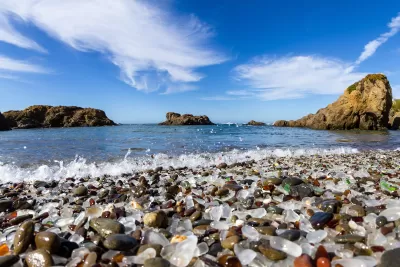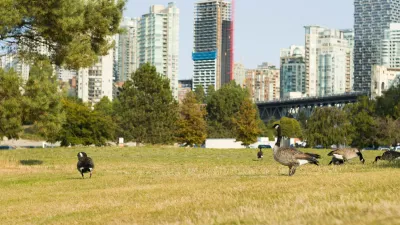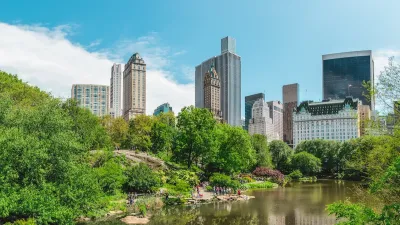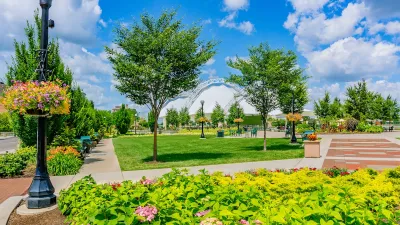Learn about eleven landfills that have been transformed into beautiful outdoor recreation spaces.

Degraded lands are often found in areas that have the most environmental burdens with respect to groundwater threat, hazardous waste, poor air quality, pollution burden, etc. These lands include properties occupied by abandoned, redundant, or unwanted infrastructure, such as decommissioned landfills, oil wells, rail yards, utility corridors, airports, and power plants.
In locations where environmental burdens are concentrated and impactful land uses are defunct, multiple benefits can be derived from restoration projects like new parks that address residual pollution and unhealthy conditions, restore natural systems, and provide enhanced recreational opportunities for residents. In this article, Diana Kurzeja highlights the following landfills which have been dramatically transformed into parks and open spaces for public enjoyment:
- Mt. Trashmore Park (Virginia Beach, VA)
- Cesar Chavez Park (Berkeley, CA)
- Freshkills Park (Staten Island, NY)
- Pulau Semakau (Singapore)
- Port Sunlight River Park (United Kingdom)
- Millennium Park (Boston, MA)
- Flushing Meadows (Long Island, NY)
- Sai Tso Wan Recreation Ground (Hong Kong)
- Ariel Sharon Park (Israel)
- Chambers Gully Reserve (Australia)
- Glass Beach (Fort Bragg, CA)
To learn more about the above places, please read the source article.
Also noteworthy is Los Angeles County's current efforts to transform the Puente Hills Landfill into a regional park.
FULL STORY: 11 Landfills That Have Undergone Stunning Makeovers

Trump Administration Could Effectively End Housing Voucher Program
Federal officials are eyeing major cuts to the Section 8 program that helps millions of low-income households pay rent.

Planetizen Federal Action Tracker
A weekly monitor of how Trump’s orders and actions are impacting planners and planning in America.

Ken Jennings Launches Transit Web Series
The Jeopardy champ wants you to ride public transit.

California Invests Additional $5M in Electric School Buses
The state wants to electrify all of its school bus fleets by 2035.

Austin Launches $2M Homelessness Prevention Fund
A new grant program from the city’s Homeless Strategy Office will fund rental assistance and supportive services.

Alabama School Forestry Initiative Brings Trees to Schoolyards
Trees can improve physical and mental health for students and commnity members.
Urban Design for Planners 1: Software Tools
This six-course series explores essential urban design concepts using open source software and equips planners with the tools they need to participate fully in the urban design process.
Planning for Universal Design
Learn the tools for implementing Universal Design in planning regulations.
Ada County Highway District
Clanton & Associates, Inc.
Jessamine County Fiscal Court
Institute for Housing and Urban Development Studies (IHS)
City of Grandview
Harvard GSD Executive Education
Toledo-Lucas County Plan Commissions
Salt Lake City
NYU Wagner Graduate School of Public Service





























